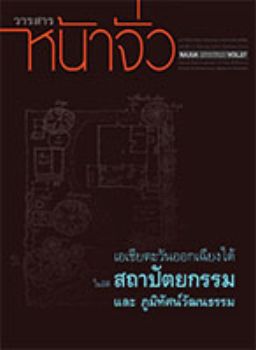Establishing the Architectural Definition/Inventory of the Traditional Perak Malay Kutai Houses (of the 1820’S–1900’S) and Its Potentials for the Purpose of Restoration, Conservation and Tourism
Keywords:
Kutai, traditional Malay house, architectural language, conservation, preservationAbstract
The main objectives of the paper is to share the findings of an academic research on the potentials of the Perak kutai houses as building heritage and for the benefit of the tourism industry.
The Perak Malay traditional Kutai house is a decaying early 19th Century architectural heritage of Perak, found along the banks of Perak River and its various tributaries. Research undertaken between 2001-2004 on the “Form, Function and Meanings” of the kutai houses of Perak showed the oldest surviving houses were built circa 1820 or at 180 years old. Two of the houses were of the 12-Pillar type, and one of the 16-Pillar types, all of which are occupied. One of the surviving kutai houses of the 12-Pillars type built in the 1820’s was identified in Kuala Kangsar, currently left in decay at Kota Lama Kiri after it was relocated and restored (1987) by Badan Warisan Malaysia (Refer to Plate 1.0)
Uncoordinated attempts by individual organization or authority to conserve Kutai Asli or any other Malay traditional houses could prove to be a futile attempt and wastage of resources. For instance, the rehabilitated Kutai Itam Bahak (of the KAT-12 type) sponsored by the Badan Warisan Malaysia in the late 1980’s at Kota Lama Kiri, Kuala Kangsar started with a noble intention and a considerable sum of money, but is currently left unused, poorly maintained, and faced with the perils of a leaking attap roof and further decay.
Practical and cost effective attempts in preserving the rare and precious heritage of the Kutai Asli houses require sincere and serious collaborations with the relevant authorities.





